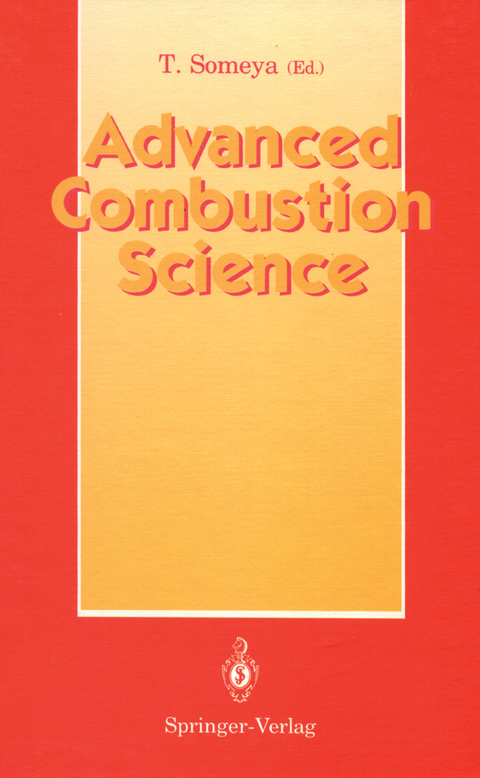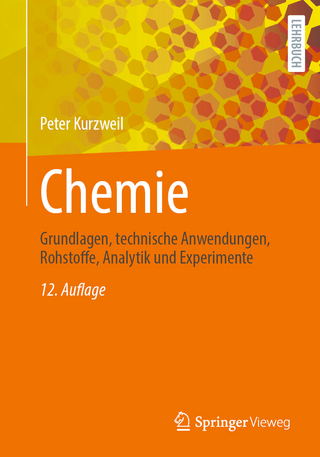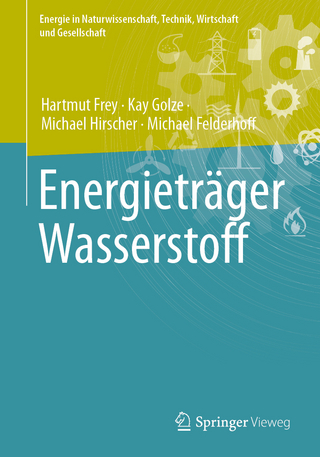
Advanced Combustion Science
Springer Verlag, Japan
978-4-431-68230-1 (ISBN)
1. Structure of Turbulent Diffusion Flames.- 1.1 Introduction of Turbulent Diffusion Flame Structures.- 1.2 Optical Measurement of Flame Structure Analysis.- 1.3 Effect of Surrounding Gas Motion on Turbulent Diffusion Flames.- 1.4 Visualization of Turbulent Diffusion Flame Surface.- 1.5 Colorimetric Analysis of Turbulent Flames.- 2. Modeling of Turbulent Diffusion Flames.- 2.1 Introduction.- 2.2 Modelling of Turbulent Diffusion Flames.- 2.3 A Lagrangian Stochastic Model for Non-Premixed Reacting Flows.- 2.4 Estimation of Combustion Models.- 2.5 Simulation of the Vortex Generation and Mixing Process in Gas Jets.- 2.6 Laminarization Due to Combustion and Its Modeling.- 2.7 Simulation of Mixing and Combustion in Swirling Flames.- 2.8 Modeling of Spray Combustion of Slurry Fuels.- 3. Spray Formation and Combustion.- 3.1 Diagnostics.- 3.2 Spray and Ignition.- 3.3 Spray Combustion.- 4. Kinetics.- 4.1 Chemical Kinetics and Modeling of Combustion.- 4.2 The Rate Constants of Elementary Combustion Reactions and Empirical Rate Laws.- 4.3 Combustion and Oxidation Mechanism of Aromatic Compounds.- 4.4 Applications of Simulation Work to Some Combustion Problems.- 4.5 Applications of Modeling Study to Combustible Gas Flow.- 5. Soot Formation Fundamentals.- 5.1 Overview and Characterization of Soot.- 5.2 Detailed Mechanism and Modeling of Soot Formation.- 5.3 Nucleation and Carbon Clustering.- 5.4 Prediction of Soot and Soot Precursors.- 5.5 Growth and Destruction of Soot Particles.- 6. Emissions and Heat Transfer in Combustion Systems.- 6.1 General.- 6.2 Fuel Pyrolysis and Fuel-Air Mixing in the Diesel Combustion Process..- 6.3 Particulate Formation in Compression-Ignited Mixtures.- 6.4 Surrounding Gas Effects on Soot Formation and Oxidation Process in Spray Combustion.- 6.5 Characteristics of Opposed Spray Combustion.- 6.6 Heat Transfer in Exothermic Turbulent Thermal Boundary Layers.- 6.7 Heat Transfer Measurements in Combustion Systems.- 6.8 Simulation of Radiative Heat Transfer in Flames.- 7. Effects of Fuel Properties in Combustion Systems...- 7.1 Introduction.- 7.2 Basic Studies of Fuel Effects on Combustion.- 7.3 Application of Extremely Light and Heavy Fuels for Engines.- 8. New Approaches to Controlling Combustion.- 8.1 Combustion Control Based on Electrical Aspects.- 8.2 Magnetic Field Effect on Combustion Reactions.- 8.3 Catalytic Combustion — Roles of Catalyst.- List of Authors.
| Zusatzinfo | XII, 322 p. |
|---|---|
| Verlagsort | Tokyo |
| Sprache | englisch |
| Maße | 155 x 235 mm |
| Themenwelt | Naturwissenschaften ► Chemie ► Technische Chemie |
| Naturwissenschaften ► Physik / Astronomie ► Thermodynamik | |
| Technik | |
| ISBN-10 | 4-431-68230-9 / 4431682309 |
| ISBN-13 | 978-4-431-68230-1 / 9784431682301 |
| Zustand | Neuware |
| Informationen gemäß Produktsicherheitsverordnung (GPSR) | |
| Haben Sie eine Frage zum Produkt? |
aus dem Bereich


